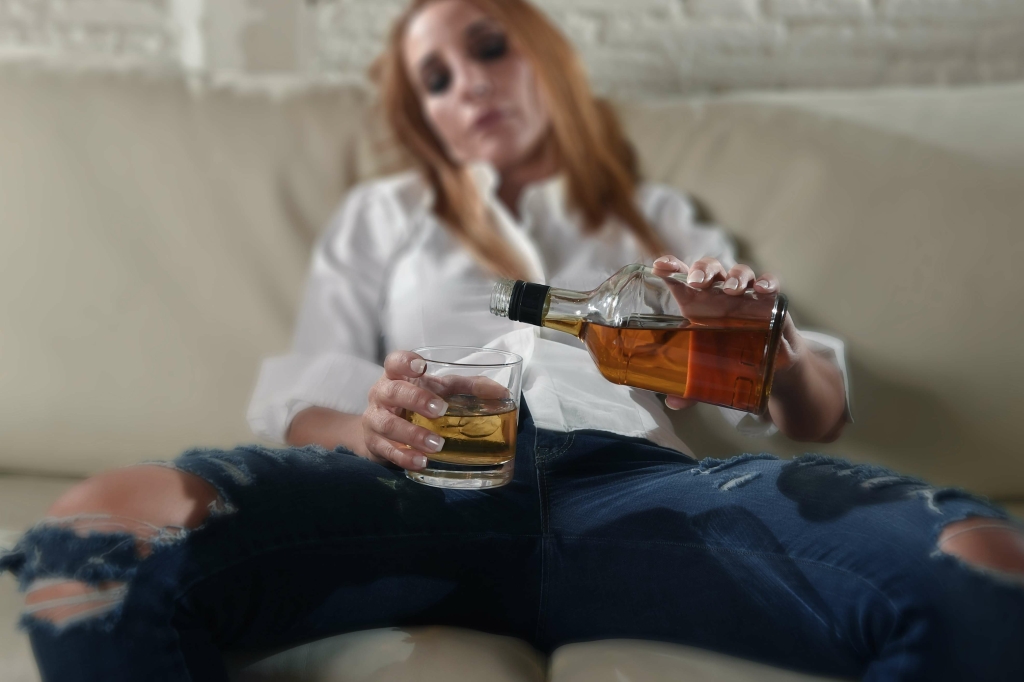Patients gain more emotional comfort and learn how to assess their feelings. From there, awareness of their emotional reactions enables one to control them better and regulate them when they emerge. This process can be excruciating, which feeds into pessimism and can cause difficulty managing triggers.
One such common phrase is ‘level of care,’ which signifies the extent of services a patient needs. It’s important to remind participants that this activity is not about who can draw the best and that there’s no wrong way to draw zentangles. The activity starts with a guided meditation, where participants close their eyes and clear their minds. The activity leader explains the feeling of isolation or overwhelmingness and how light can be a guide back to feelings of hope. While substance use disorders have long been viewed as primarily affecting men, women, transgender, and non-binary individuals also suffer from addiction at high rates. There is no definitive reason that explains why people experience substance use disorders (SUDs).
Art Therapy Ideas for Substance Abuse
For years, therapists have used art therapy to alleviate negative emotions and benefit the addiction recovery process. This exercise and similar examples of art therapy develop imagination, fine motor skills, relieve emotional stress. On the board or on the asphalt, the two of you need to draw a picture together with one chalk, alternately passing it from hand to hand. Making a self-portrait using symbols and shapes can be the first step to making art in art therapy.
If you’re creating a self-care box, have the participants add items that represent to them the idea of support and self-help. Give them a moment to reflect on what activities, people, or things help them feel good. These can be as simple as notes on scraps of paper that mention goals the person wants to achieve or affirmations that evoke positive emotions. Pleasant memories with loved ones and favorite places and things are our cornerstones, evoking positive, sentimental emotions that promote healthy recovery. If you or someone you love is struggling with issues surrounding alcohol or substance use issues, we’re here to help. Plum Creek Recovery Ranch offers comprehensive treatment options, including art therapy, facilitated by our caring team of masters-level clinicians.
Drawing or Painting Emotions
Art therapy, music therapy, dance therapy, and other creative approaches all help a person express his or her emotions in other ways than just through talking. Research consistently demonstrates that no single treatment approach is perfect for everyone and rehabilitation plans need to be continually adapted to meet each person’s unique needs. Frequently, the best approach is a variety of approaches, and many rehabilitation centers offer both traditional and expressive therapies.

Art therapy is a holistic treatment that provides the tools to cope with triggers like anger and loneliness. It teaches you how to overcome emotional roadblocks and express yourself when communicating with others. If you or someone you know is looking for addiction treatment, we encourage you to reach out immediately and take the first step toward a healthier, happier life. The lighthouse activity has participants visualize being lost at sea and using the idea of a lighthouse as a point of guidance. This project is ideal for individuals who may feel lost, overwhelmed, and even isolated. The lighthouse activity is designed to give participants hope for their future.
The History of Art Therapy
This can be anything from positive affirmations to notes that list goals you want to achieve. If you are struggling with addiction, it may seem like there is no end to it. Recovery is undoubtedly a challenging journey, but there are better things laid out for you at… To begin, each participant will draw four dots—one in each corner of the paper—and then connect them to draw a square border. Within that square, they can draw lines to create as many sections as they desire and begin drawing dashes, lines, strokes, or dots to create more shapes. The participants should use colors that represent positivity and those that they enjoy the most.

It should not be used to replace the suggestions of your personal physician or other health care professionals. Generally, an art therapist is required to have a master’s degree at minimum in order to practice. Art therapy has always been an effective coping mechanism for distress, similar to music, cooking, dancing, and writing as therapy. Licensed Clinical Professional Counselor who has been providing mental health services for over 10 years. By contrast, CAM has been regarded as being particularly useful for women and others with unique needs (Brady & Ashley, 2005; Feen-Calligan, Washington, & Moxley, 2008)). If you or a loved one is looking to experiment with art as a therapy method, here are some places to start.
Use art therapy to make something you can carry with you that will encourage you when you need it. Whether it’s a piece of jewelry, a keychain or clothing, you can add images, words or art therapy for addiction colors that remind you of how you want to feel. The world of mental healthcare and counseling uses various terminologies to describe treatments, mental health conditions, and more.

One of several options for addiction treatment, art therapy for drug and alcohol addiction recovery can provide a creative outlet for addicts to express their thoughts and emotions. Introducing addiction recovery art gives them a mental vacation from the daily rushing and nonsensical ideas. Art becomes the expression of feelings that words cannot communicate, whether using a paintbrush, ink pen, or charcoal pencil. Additionally, by promoting focus and clarity, art therapy ideas for adults in recovery are good for their brain’s health. It’s very helpful for substance abuse and behavioral health patients to begin to feel empowered and capable of solving their own problems.
Find out more about our admissions process
The average logged program size was 2.6, which represented 27.1 FTEs (the median was 12.5 FTEs), while the average age of a treatment program was 28.4 years. Around 37% of programs were accredited by either the Joint Commission or CARF, and more than half of the programs (61.5%) received revenues from Medicaid. Finally, programs reported that, on average, 43.8% of their counselors held at least a Master’s degree level of education. An art therapy session is much more nuanced than what many people may have experienced in an arts and crafts class. Clients learn how to “stay in the now” and process their feelings (positive and negative) without the use of alcohol or other drugs.
- It’s beneficial for those with underlying mental health conditions who may struggle with verbalizing their emotions.
- Indeed, past research has suggested the need for treatment models that are tailored to adolescents’ unique needs (Vourakis, 2005).
- The goal is to enjoy the process and promote self-expression, not produce a certain product.
- As individuals are on the road to recovery, they may have a lot of gratitude toward others who have helped them get to where they are today.
- As participants create their beads, they’ll be reminded of the meaning of mindfulness and how they can help them refocus their mind and practice mindfulness—and even some meditation.
It’s known to be therapeutic and supportive in developing self-awareness and exploring emotions. A variety of art project ideas focus on the creative process that is beneficial to the recovery process. Art therapy is known to be an effective technique in improving mental and emotional well-being, especially for those in addiction recovery treatment. As our understanding of addiction expands we learn more and more the importance of using creative expression to overcome addiction. A long time ago addiction was viewed as a moral breakdown and a sign of a weak-willed person. They would often admit those stuck in addiction to an asylum where they would be locked in a room to “get over” their addiction.

